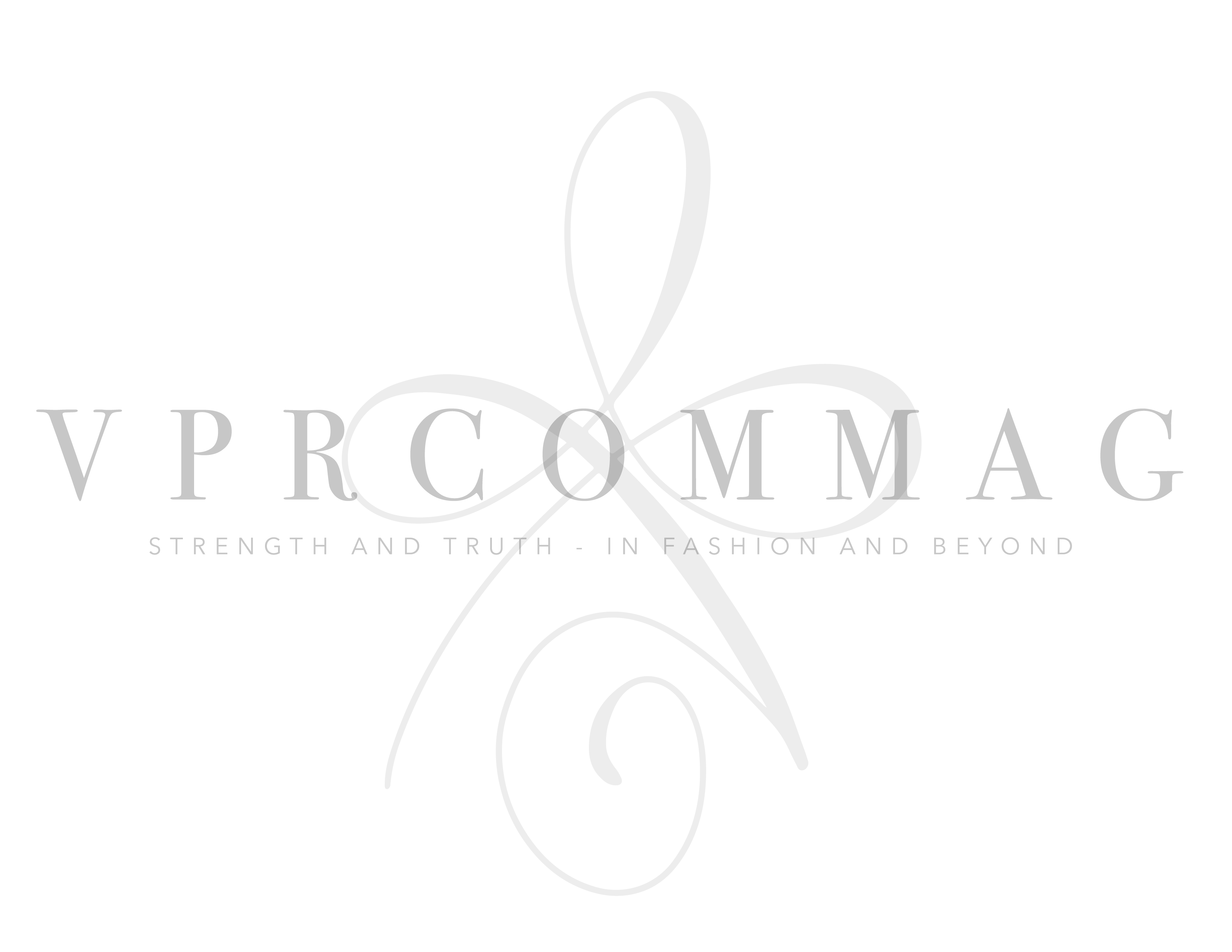In today’s world, office spaces are considered more than just workplaces; they are also a reflection of a company’s culture and values. A well-designed office space can boost employee productivity, happiness, and well-being significantly. As a result, it is critical to design an ideal office space that meets the needs of both employees and clients. In this article, we will discuss how to create an ideal office space that will improve your company’s overall performance.
Maximizing Space and Functionality
The first step in creating the ideal office space is to maximize available space while also ensuring that it is functional. A well-designed office space should allow employees to move around freely and without obstructions. When designing an office space, it is critical to prioritize functionality over aesthetics. This includes selecting furniture that is ergonomic, comfortable, and encourages good posture. It is also critical to have enough storage space for files, documents, and other office supplies. A clutter-free workspace can increase productivity and decrease stress.
Fostering Collaboration and Communication

Having a collaborative and communicative office environment can boost productivity and creativity. Open communication and teamwork are essential for a company’s success. You can design communal areas that encourage communication and collaboration, such as a break room or a common seating area. Providing a space for employees to relax and socialize can improve teamwork, which can lead to more successful projects.
Bringing Nature Indoors
Incorporating nature into office spaces has grown in popularity in recent years. Office plants have been shown to improve air quality, reduce stress, and improve overall mood. In Australia, for instance, office plants from Sydney have become a staple in most modern office spaces. They add a touch of greenery and make the space more relaxing and inviting. Bringing natural light into your office space can also help. Employee alertness, mood, and sleep quality have all been shown to improve when exposed to natural light.
Using Color Psychology

Color has a strong influence on our moods and emotions. The colors you choose for your office space can have a significant impact on employee productivity and well-being. Warm colors such as orange and yellow can create a lively and energetic environment, whereas cooler colors such as blue and green can create a more calming and relaxed environment. Colors that complement your company’s values and culture are essential. If your company is focused on creativity and innovation, for example, you might want to use brighter colors to stimulate the mind and inspire new ideas.
Creating a Comfortable Environment
It is critical to create a comfortable interior design solution for employee happiness and well-being. To create a conducive working environment, it is critical to provide comfortable seating, adequate lighting, and a suitable temperature. Personal touches, such as artwork, photos, or decorative items, can also help to create a more personalized and inviting workspace. Making the workplace more comfortable can boost employee morale, which can lead to increased productivity and a positive work culture.
Incorporating Technology
Technology has become an essential component of any modern office environment. It is critical to have cutting-edge technology in order for employees to work efficiently and effectively. Access to high-speed internet, up-to-date software, and other necessary tools can help employees complete their tasks more efficiently. Incorporating smart technology, such as smart lighting or temperature control systems, can also make a workspace more comfortable and convenient.
Creating the ideal office space is critical to the success of any business. A well-designed office space can increase employee productivity, happiness, and well-being, leading to a more successful business. You can create an office space that reflects your company’s values and culture while also promoting employee productivity and happiness with the right design elements and a little creativity.


